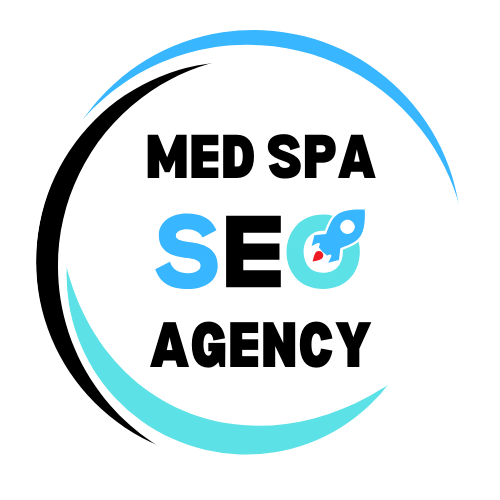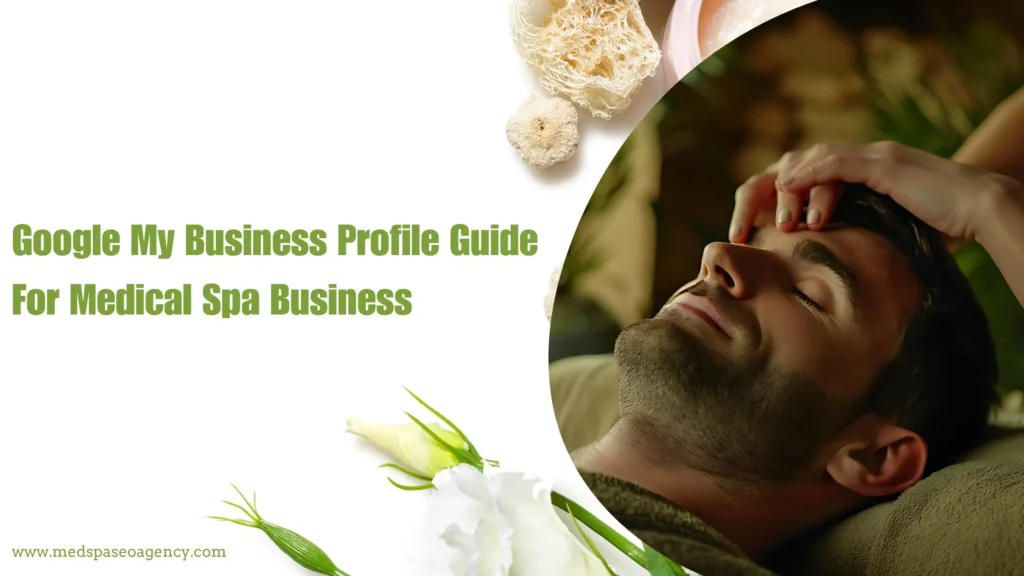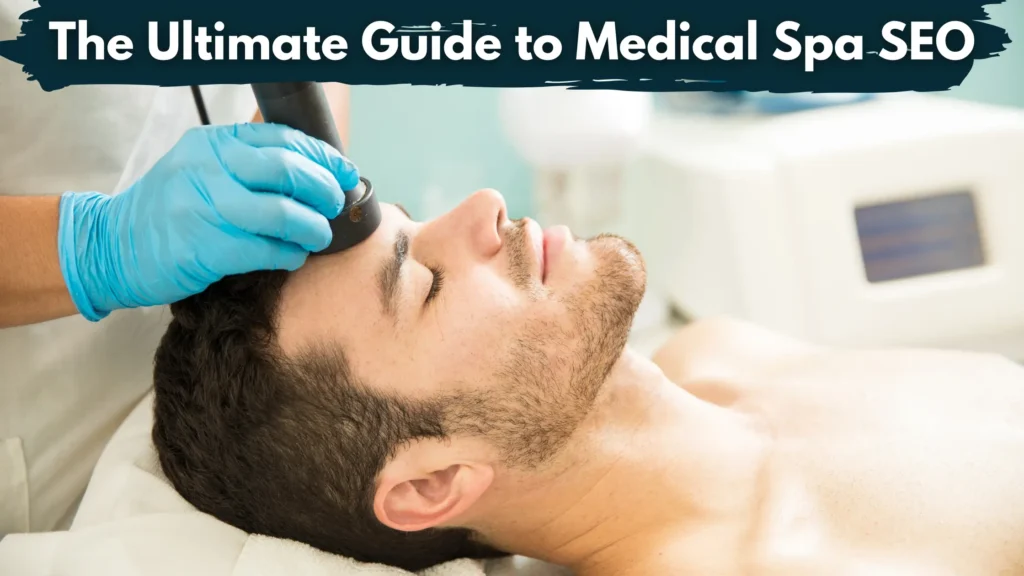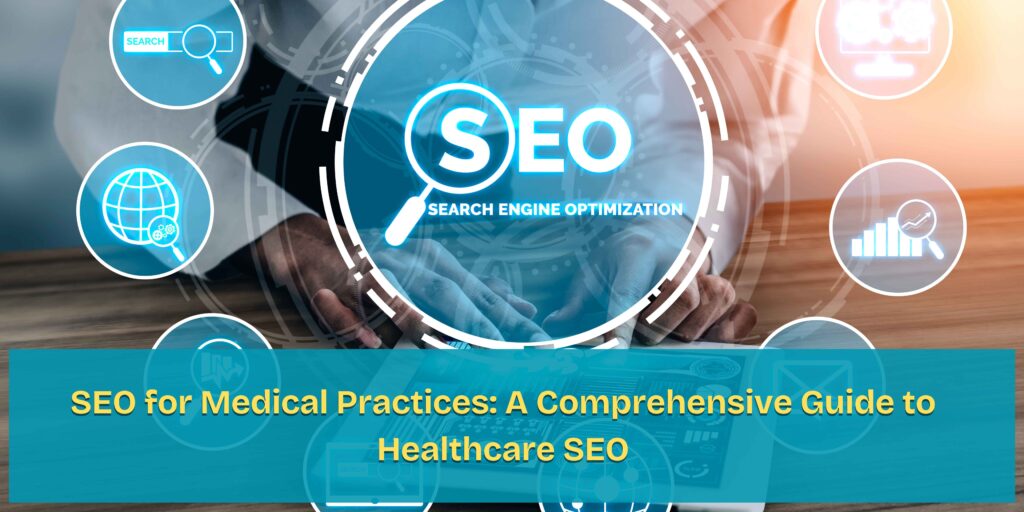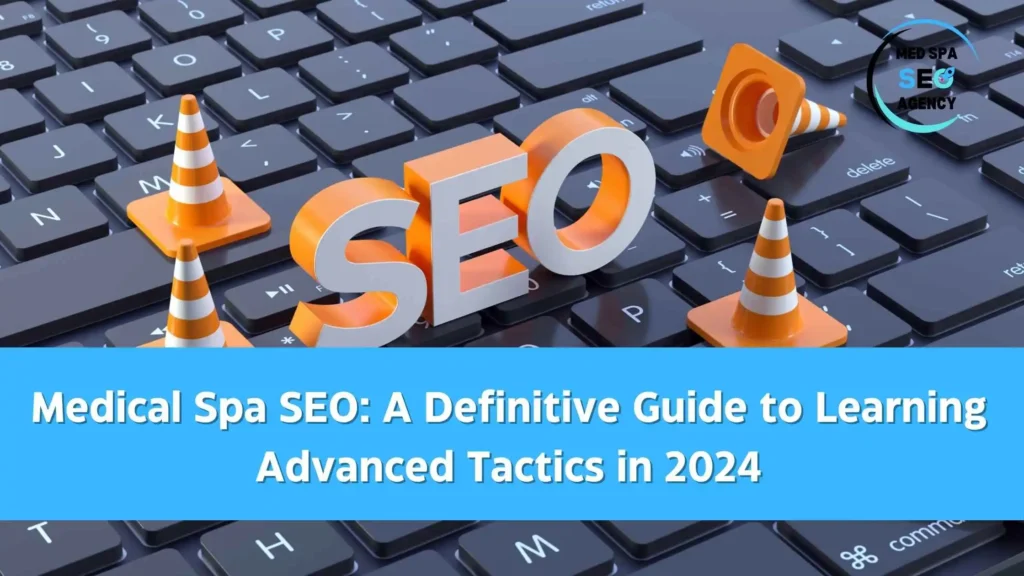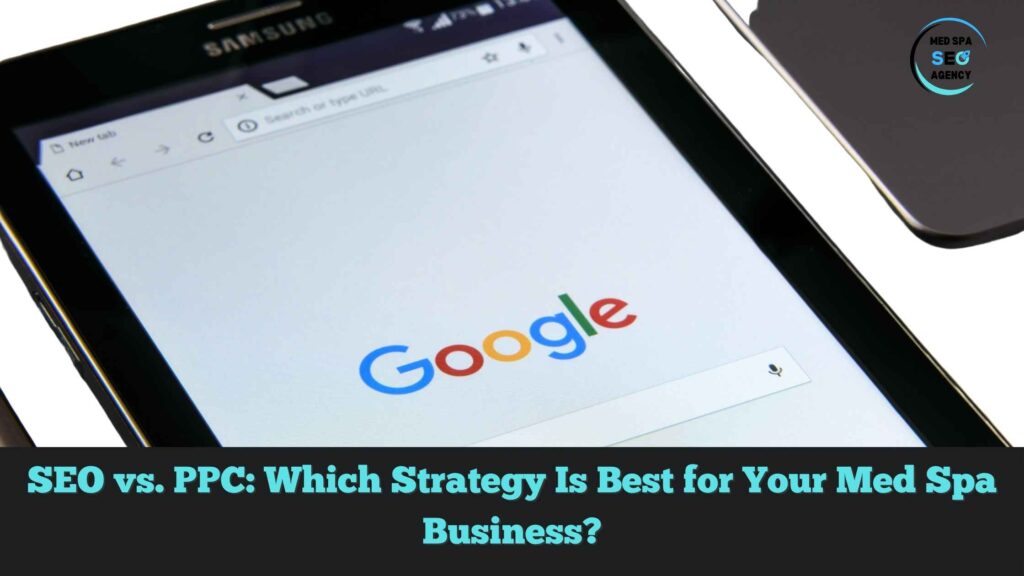Why You Need SEO for Your MedSpa Business: The Essential Guide to Dominating Search
The medical spa industry is projected to reach $27.3 billion by 2028, but 68% of MedSpas struggle to appear on Google’s first page for their core services. In an era where 93% of patient journeys begin online, SEO isn’t just a marketing strategy—it’s the lifeline that connects your MedSpa to high-intent clients actively searching for aesthetic treatments. This comprehensive guide reveals why SEO matters, how to implement it effectively, and the tools needed to outshine competitors. The MedSpa Digital Crisis: Why Visibility Matters The Modern Patient Journey Today’s MedSpa clients follow a predictable path: Research: 89% Google treatments like “Botox safety” or “laser hair removal cost” Compare: Review 3-5 local providers’ websites and reviews Decide: Book consultations with clinics offering clear expertise Without SEO, your MedSpa remains invisible during these critical decision-making stages. 5 Irrefutable Reasons SEO Is Non-Negotiable for MedSpas 1. Dominate Local Search Results 82% of MedSpa clients search with location terms like “near me” or “in [City].” Optimizing for local SEO ensures you: Appear in Google’s Local 3-Pack (the map results) Rank for hyper-specific searches like “medical-grade facials [Neighborhood]” Attract clients within your 10-mile service radius 2. Build Trust Through Authority Patients choose MedSpas demonstrating: Board-certified practitioners FDA-approved equipment Transparent pricing SEO lets you showcase these credentials through: Service Pages: Detailed breakdowns of treatments like microneedling or CoolSculpting Educational Content: Blog posts addressing concerns like “Does Botox hurt?” Review Management: Highlighting 4.8+ star ratings prominently 3. Generate Higher-Quality Leads Than Paid Ads While PPC delivers immediate traffic, SEO attracts patients further along the decision funnel: Metric SEO Leads PPC Leads Appointment Rate 23% 9% Average Spend $612 $387 Retention Rate 68% 41% 4. Future-Proof Your Marketing Strategy Google’s algorithm updates increasingly prioritize: E-E-A-T (Experience, Expertise, Authoritativeness, Trustworthiness) Mobile-First Indexing Page Experience Metrics SEO aligns perfectly with these requirements through technical optimizations and quality content. 5. Achieve 4:1 ROI Over Traditional Advertising The average MedSpa spends $2,500/month on billboards or magazine ads with minimal tracking. SEO provides: Measurable Results: Track keyword rankings, traffic sources, and conversions Compounding Returns: Content ranks for years vs. ads that disappear when budgets dry Lower Costs: $1,500/month SEO drives 5x more leads than $5,000/month radio ads The MedSpa SEO Blueprint: 7 Steps to First-Page Rankings 1. Technical SEO Foundation Mobile Optimization: 56% of MedSpa searches happen on phones—ensure sub-2-second load times Schema Markup: Add medical schema to highlight certifications, practitioner credentials SSL Encryption: Non-negotiable for handling patient inquiries 2. Local SEO Dominance Google Business Profile Optimization: Post weekly updates about new treatments/staff Add 50+ high-quality photos with alt text like “Botox consultation in [City]” Respond to all reviews within 24 hours Local Citations: List your MedSpa on 50+ directories (Healthgrades, Yelp, RealSelf) 3. Content That Converts Service Pages: Target 1,200+ words per treatment (e.g., “Medical Microneedling in [City]”) Blog Strategy: “How to Choose a Safe MedSpa” “Pre/Post-Care Instructions for Laser Treatments” “2025 Aesthetic Trends” 4. Reputation Management Automate review requests post-appointment via SMS/email Showcase before/after galleries with patient consent Address negative reviews professionally to demonstrate responsiveness 5. Link Building for Authority Partner with local dermatologists for cross-promotions Guest post on beauty/lifestyle blogs Earn .edu backlinks by hosting webinars on aesthetic safety 6. Conversion Rate Optimization Add click-to-call buttons above the fold Embed consultation request forms on every service page Use chatbots to answer FAQs 24/7 7. Continuous Optimization Monthly keyword tracking for 50+ priority terms Quarterly content updates reflecting new services/regulations Competitor gap analysis to exploit rivals’ weaknesses MedSpa SEO Checklist: 90-Day Action Plan Week Task Expected Outcome 1-2 Technical SEO audit + fixes 35% faster load speed 3-4 Google Business Profile optimization 2x more profile views 5-6 Create 5 cornerstone service pages 15% traffic increase 7-8 Launch blog calendar (8 posts) 40% more organic keywords 9-10 Build 20 local citations 25% local pack visibility boost 11-12 Implement review generation system 50+ new 5-star reviews SEO vs. PPC: The MedSpa Showdown While pay-per-click ads have their place, SEO delivers superior long-term value: Factor SEO PPC Cost per Appointment $22 $89 Lead Quality 8.7/10 5.4/10 Sustainability Grows monthly Dies with budget Trust Impact Builds domain authority Seen as “sponsored” For MedSpas aiming to build lasting authority, SEO is the undisputed champion. 7 Costly SEO Mistakes MedSpas Make 1. Ignoring Mobile Optimization The Problem: 53% of visitors leave immediately if your site isn’t mobile-friendly. Google prioritizes mobile-first indexing, meaning it crawls the mobile version of your site first.Why It Matters: 68% of MedSpa searches happen on phones. Tiny text, broken buttons, or slow loading frustrate clients researching treatments.Fix: Use Google’s Mobile-Friendly Test tool. Switch to responsive design and compress images. Aim for sub-2-second load times. 2. Keyword Stuffing The Problem: Repeating keywords unnaturally (“Botox specialists offering Botox in [City] for Botox treatments”) triggers spam filters and alienates readers.Why It Matters: Google’s 2024 Helpful Content Update penalizes robotic, keyword-focused content.Fix: Use semantic keywords like “dermal filler safety” or “non-surgical facelift results” naturally. Write for humans first. 3. Duplicate Content The Problem: Copying treatment descriptions from equipment manufacturers (e.g., using the same CoolSculpting® text as competitors) confuses Google.Why It Matters: Google devalues duplicate content, pushing your site lower in rankings.Fix: Rewrite all product/service descriptions in your MedSpa’s voice. Add unique details like practitioner expertise or clinic-specific protocols. 4. Neglecting Local SEO The Problem: Failing to optimize for “near me” searches means losing 72% of local clients to competitors.Why It Matters: 82% of MedSpa clients choose providers within 15 miles.Fix: Create neighborhood-specific pages (e.g., “Medical Spa Services in [City]”), optimize Google Business Profile, and build local backlinks. 5. Inconsistent NAP (Name, Address, Phone) The Problem: Listing different phone numbers or addresses across directories (Yelp vs. Healthgrades) confuses Google and patients.Why It Matters: Inconsistent NAP can lower local rankings by 35%.Fix: Audit all directory listings. Use tools like BrightLocal to standardize information. 6. No Patient-Centric Content The Problem: Focusing only on sales pitches (“Buy 3 laser sessions!”) instead of education (“How to Prep for Laser Hair Removal”) fails to build trust.Why It Matters: 78% of clients read
